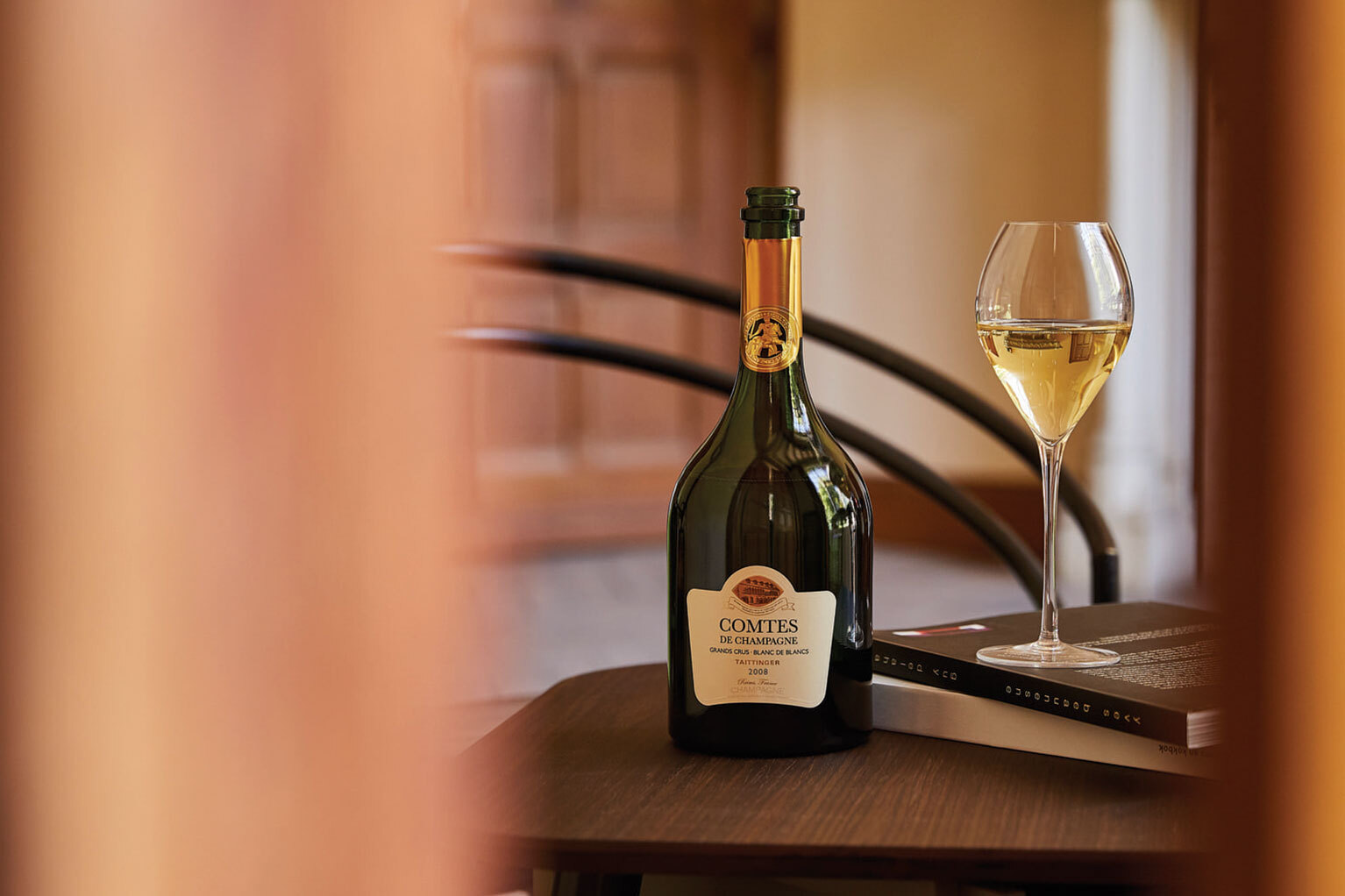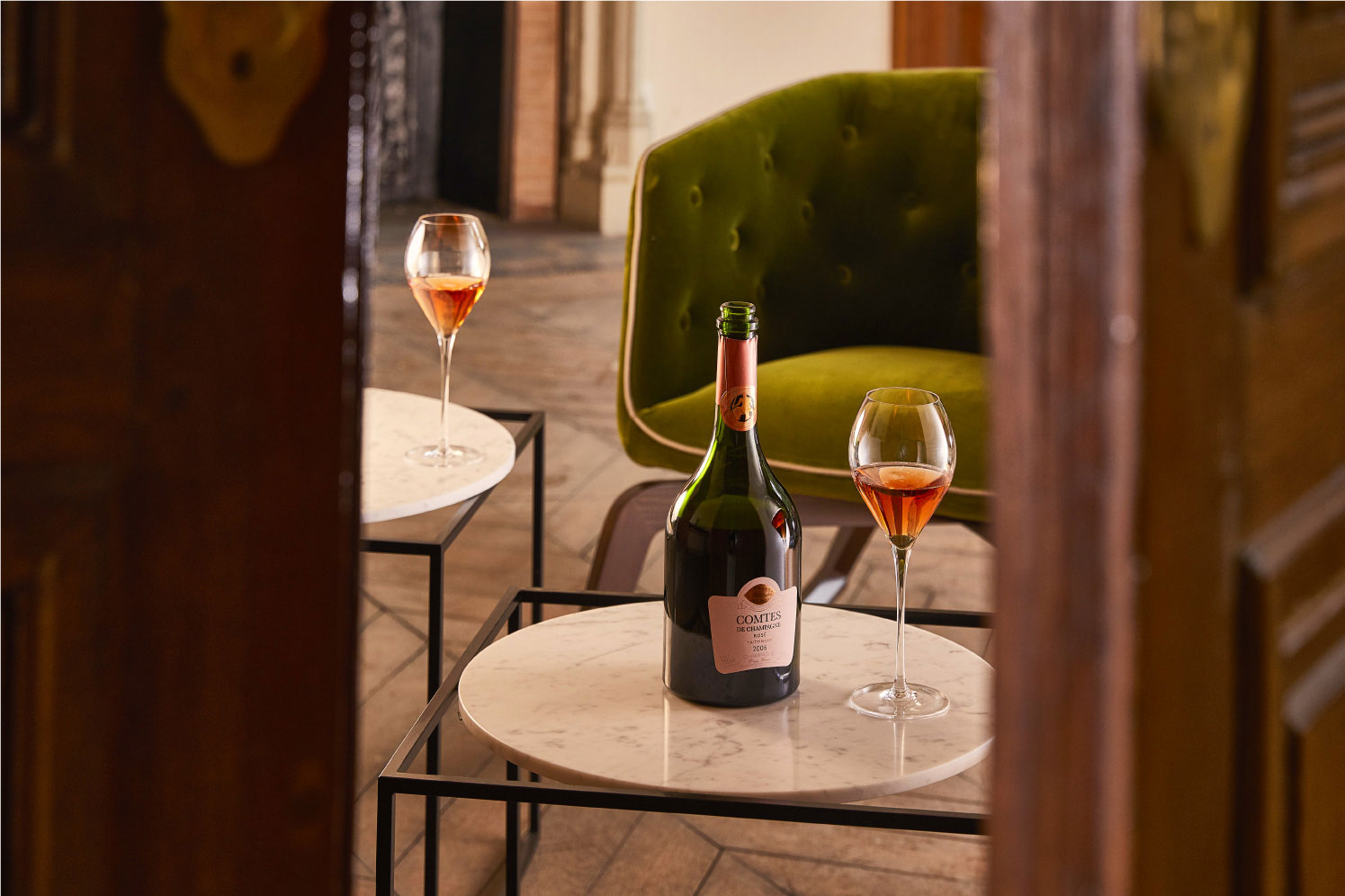The 'Comtes de Champagne'
The legend
The ’must-read’ legend of the ‘Comtes de Champagne’ (Counts of Champagne) from the 16th century is a marvellous narrative of an assumed reality, combined with the storyteller’s imagination and poetry. Its relevance today is not so much down to its historical accuracy; it is more an emotional tale, with new adaptations which continue to flourish to this day. The flamboyant legend of Thibaud IV le Chansonnier is very much connected to the unique Comtes de Champagne blend by Taittinger.











